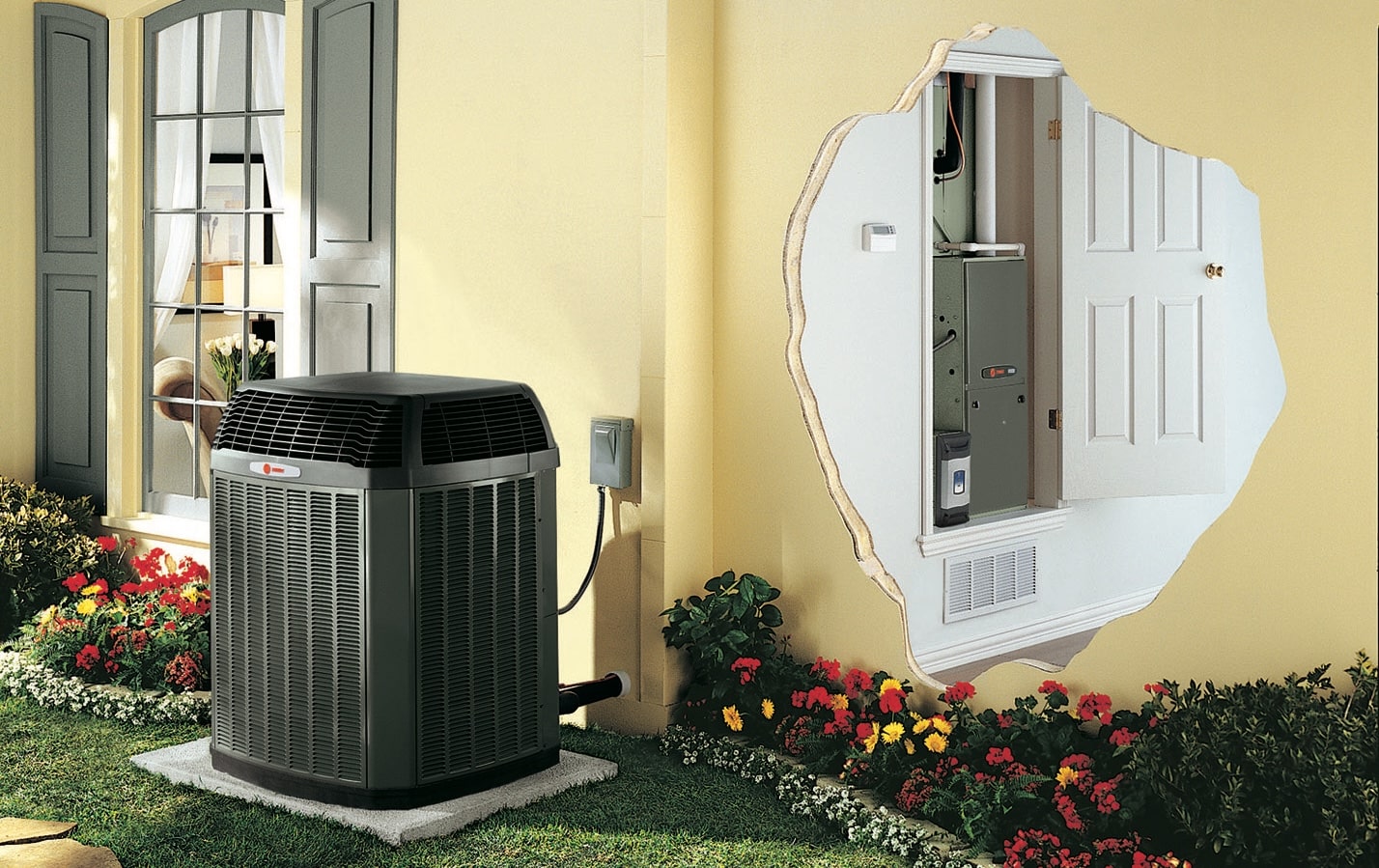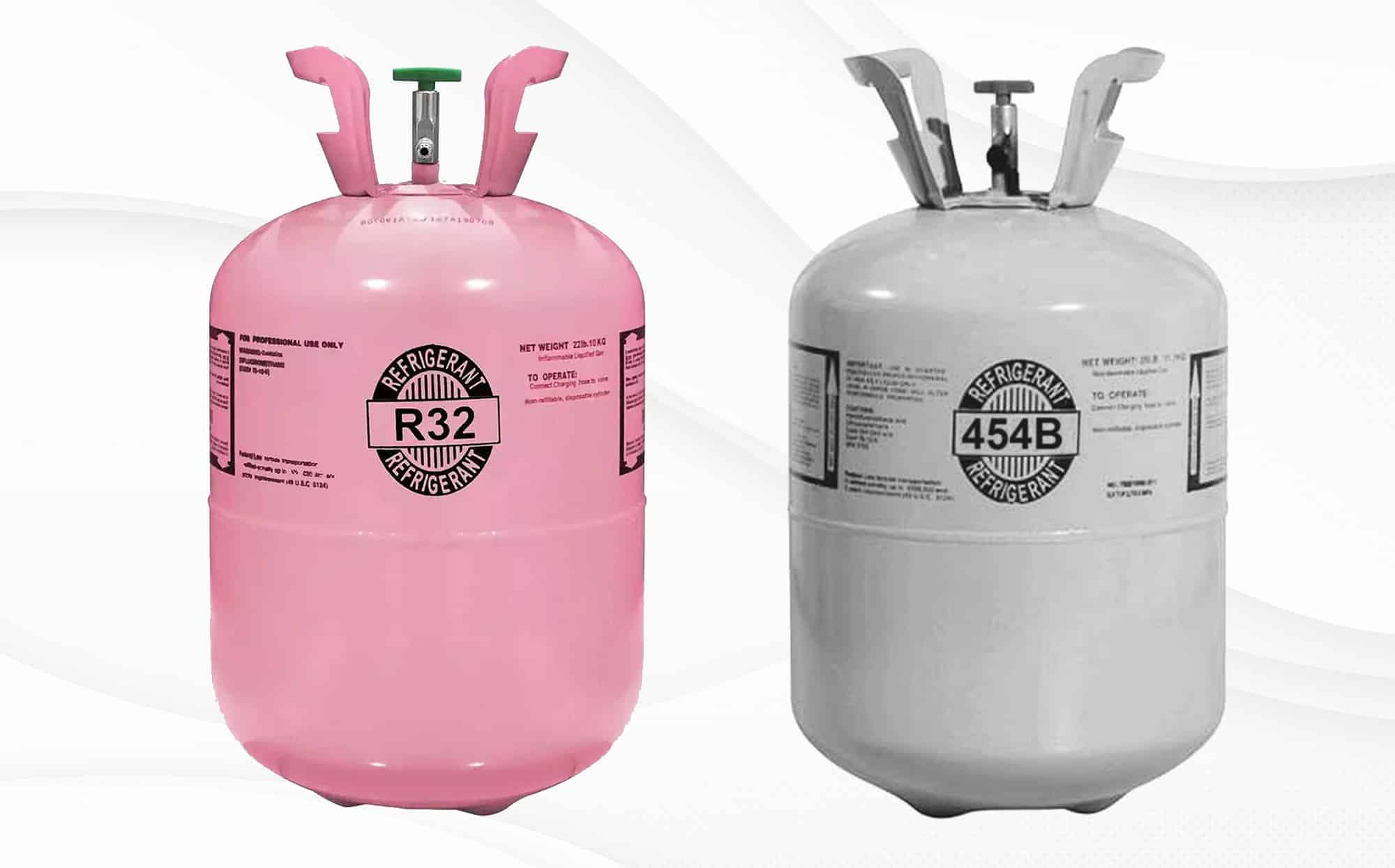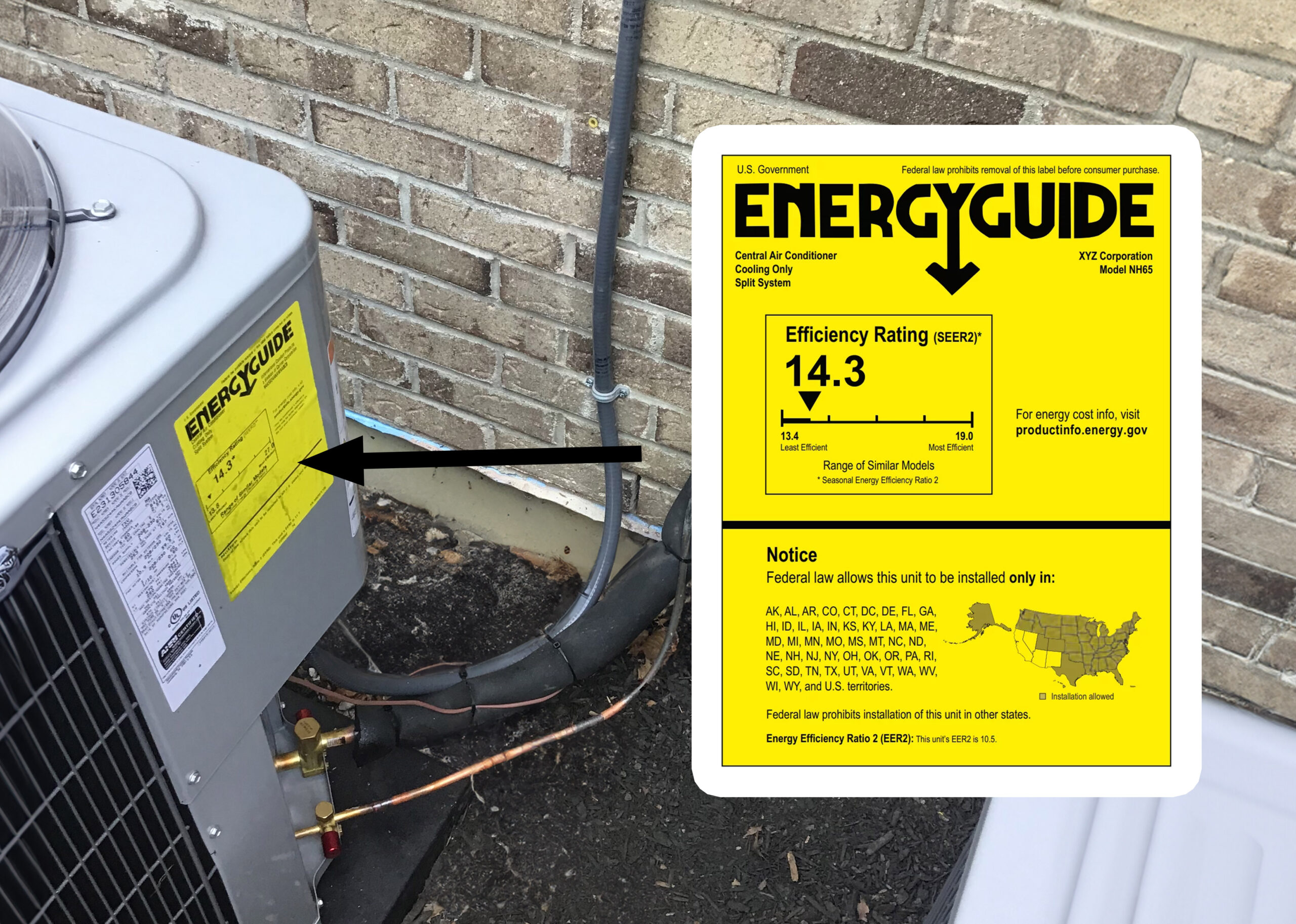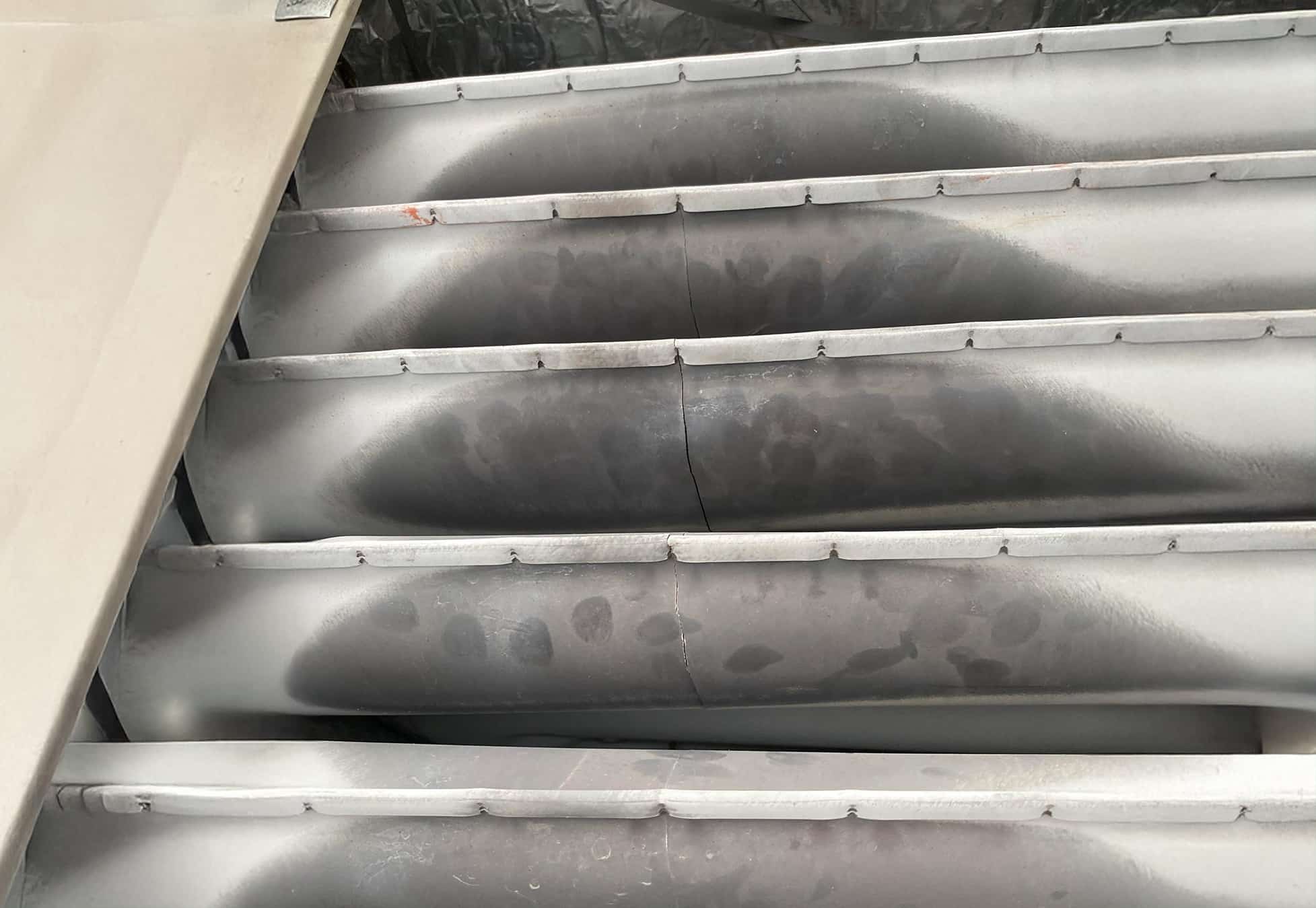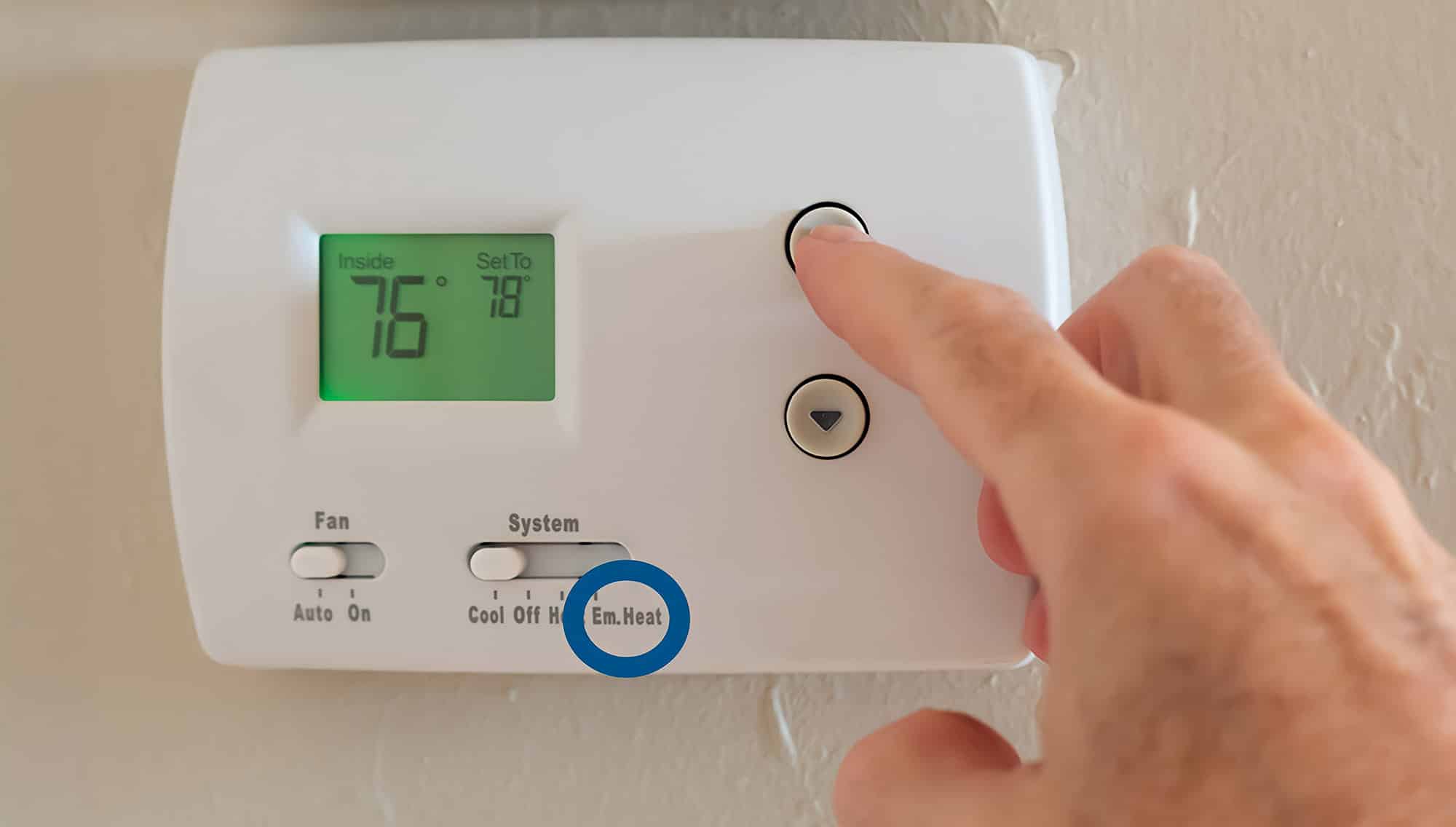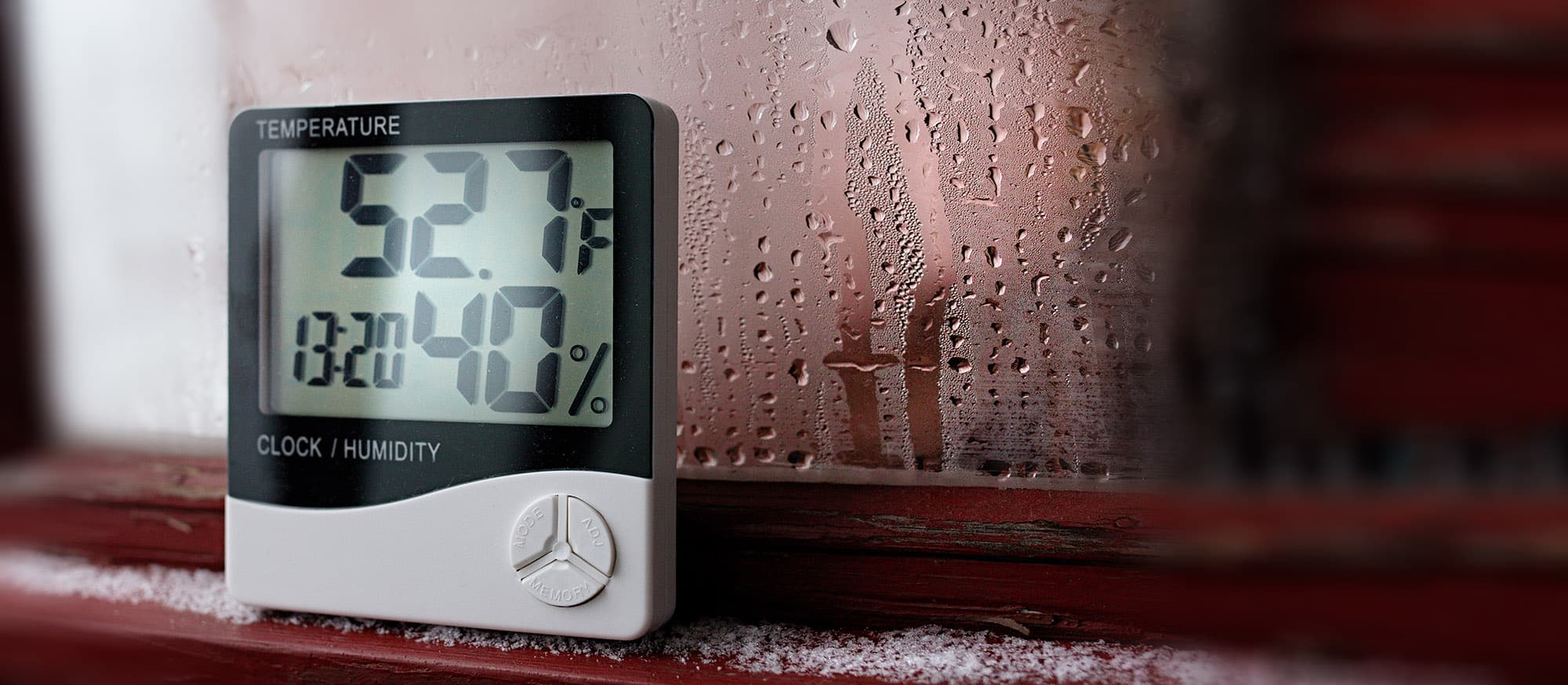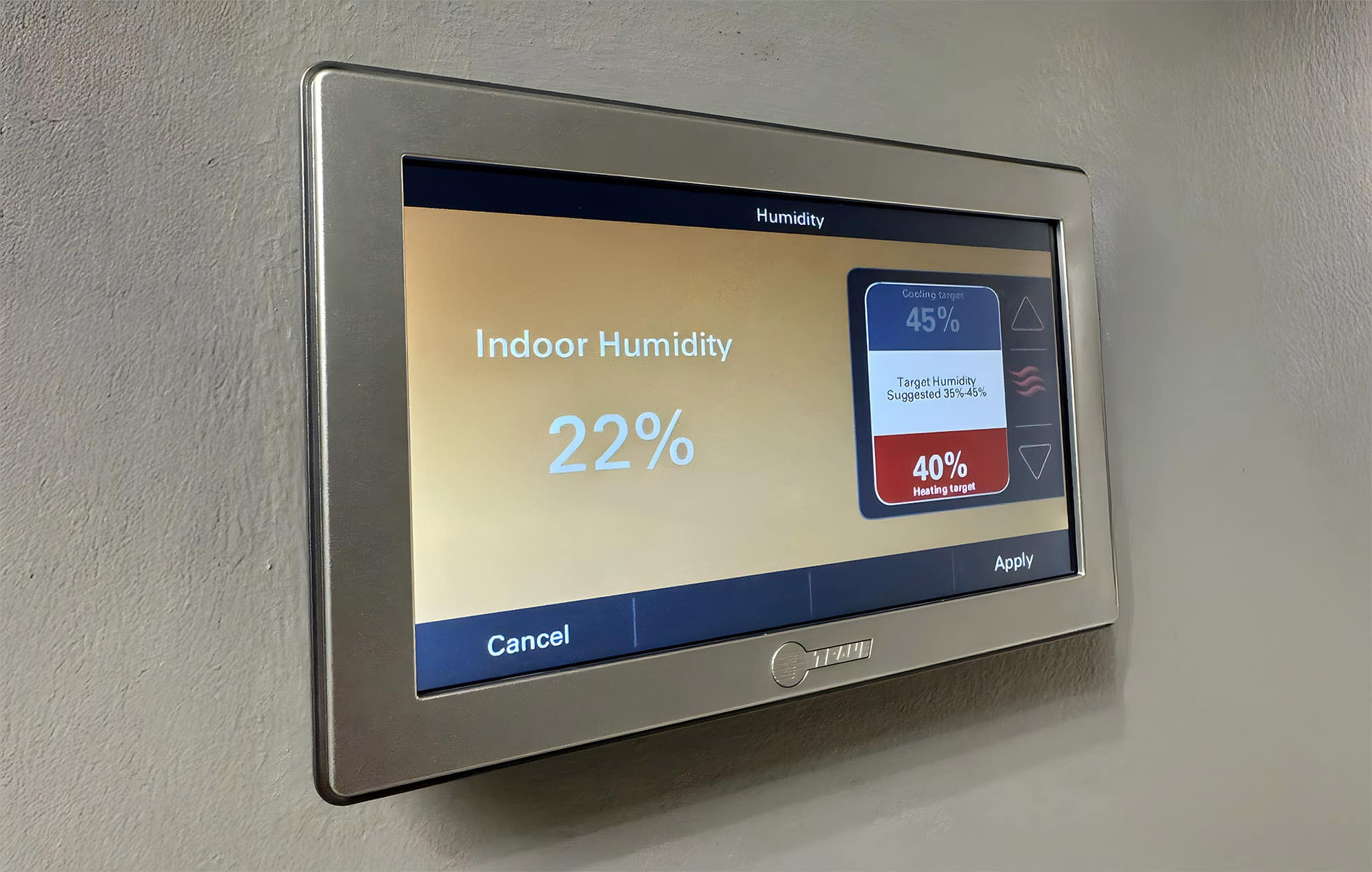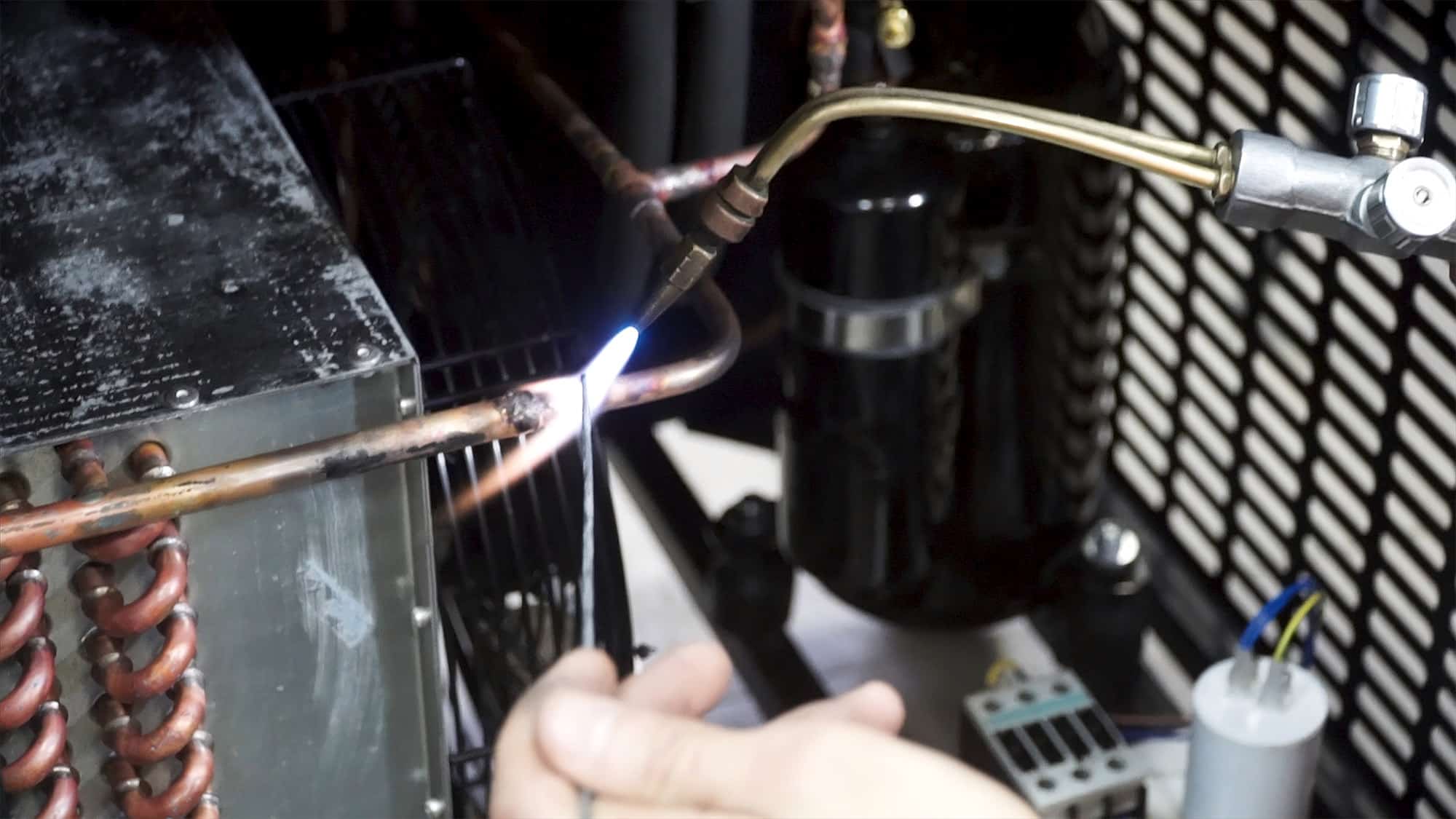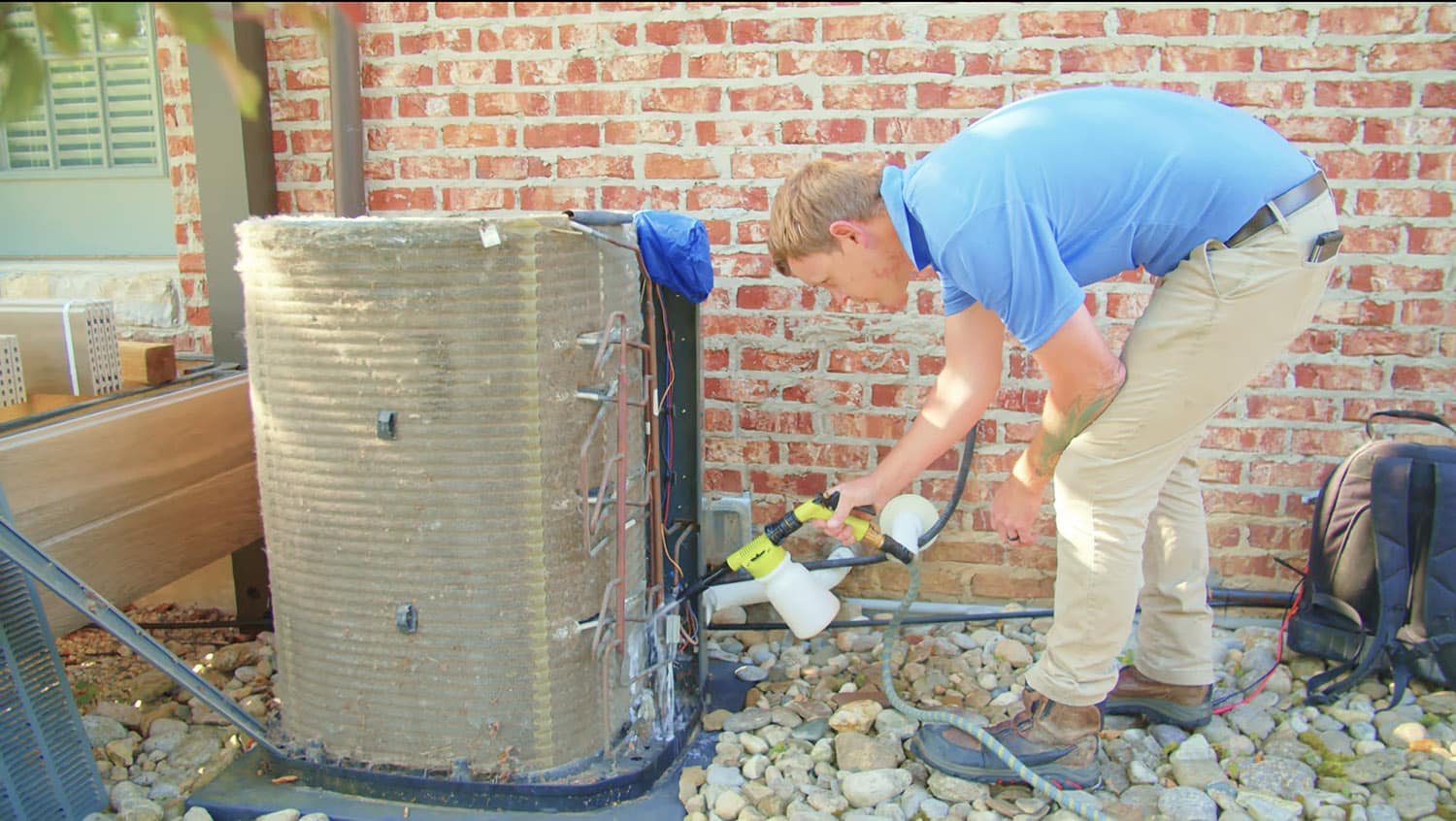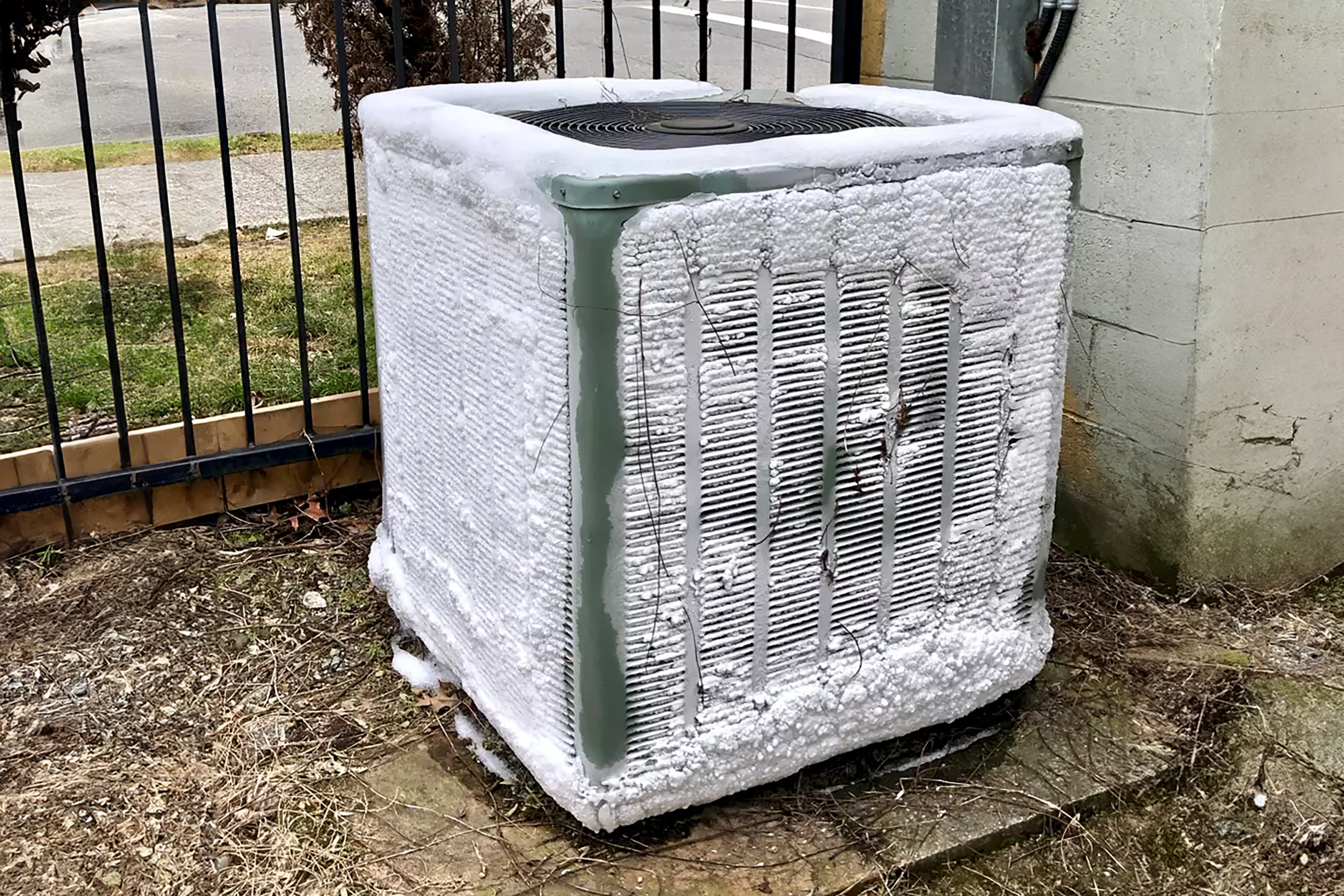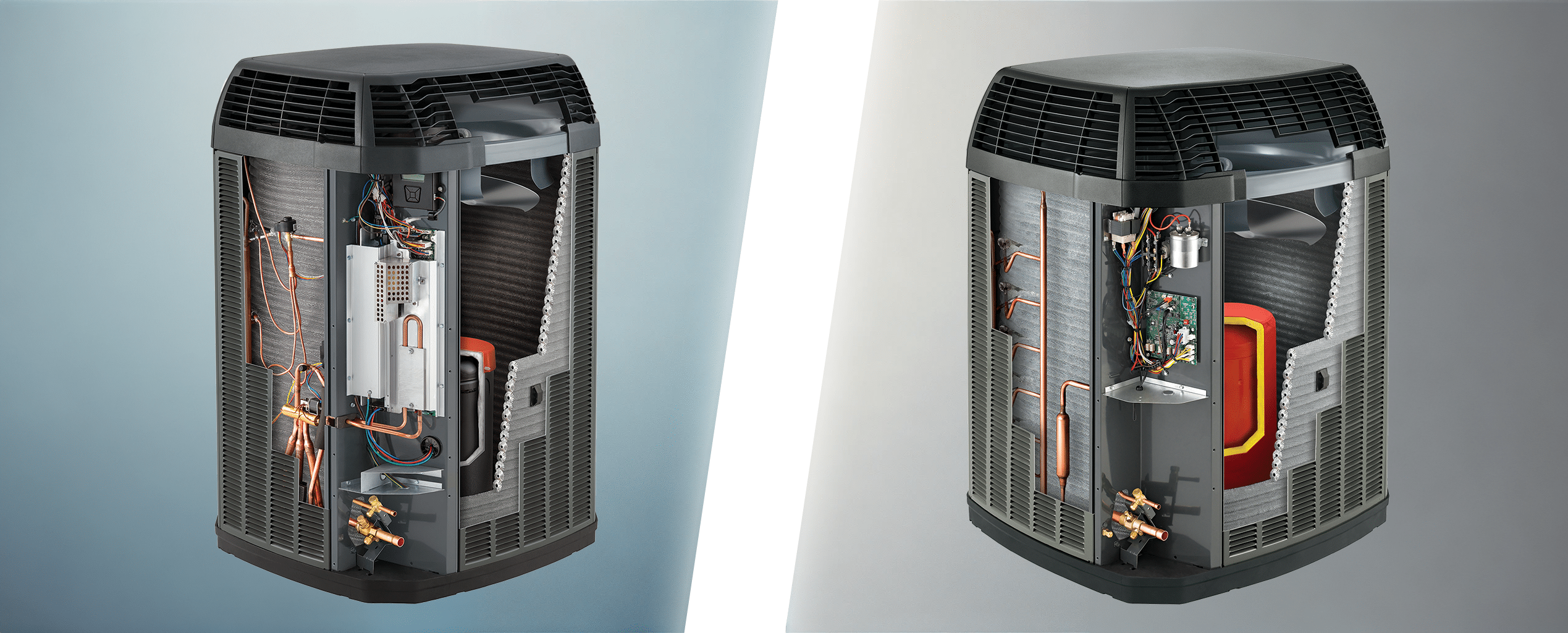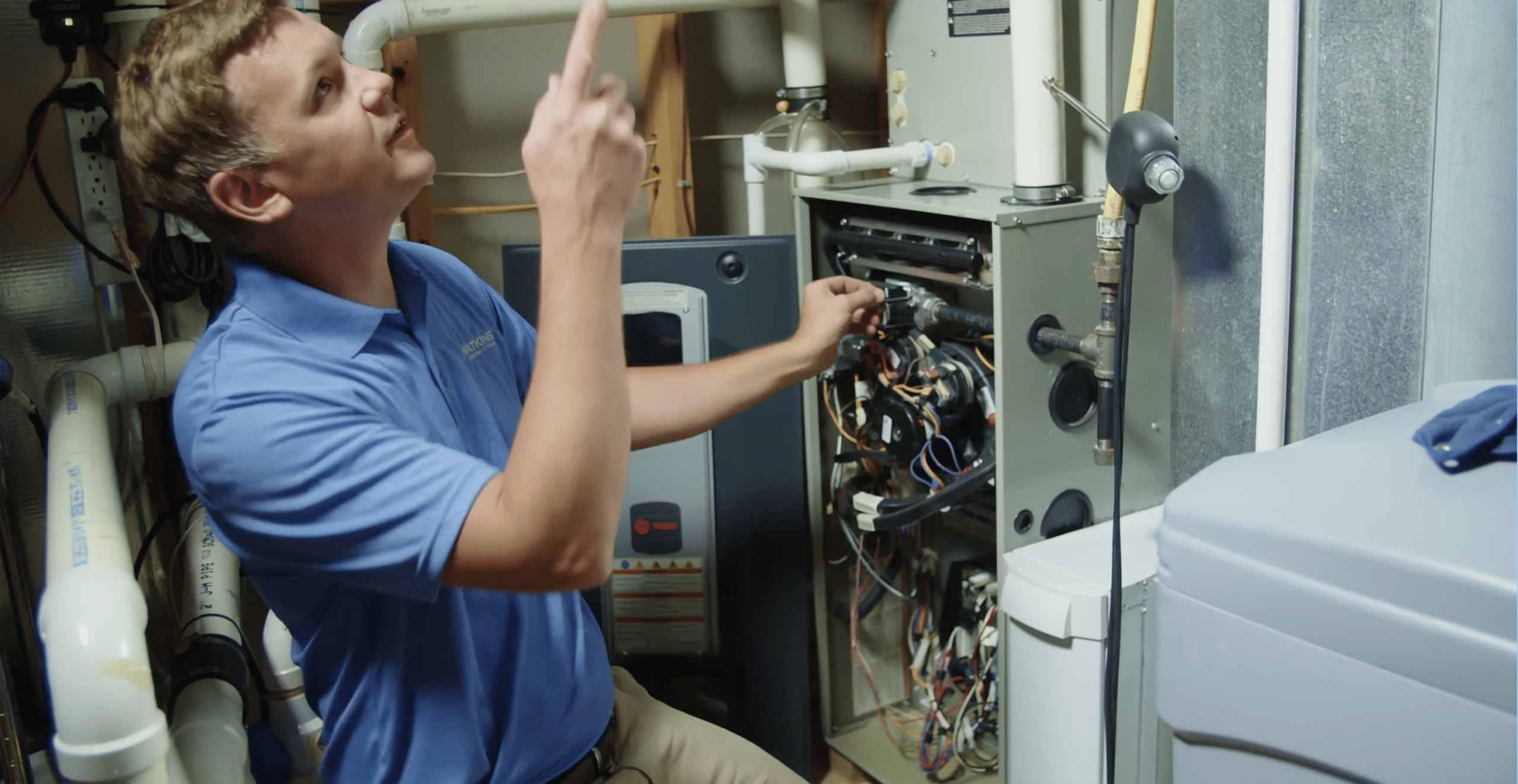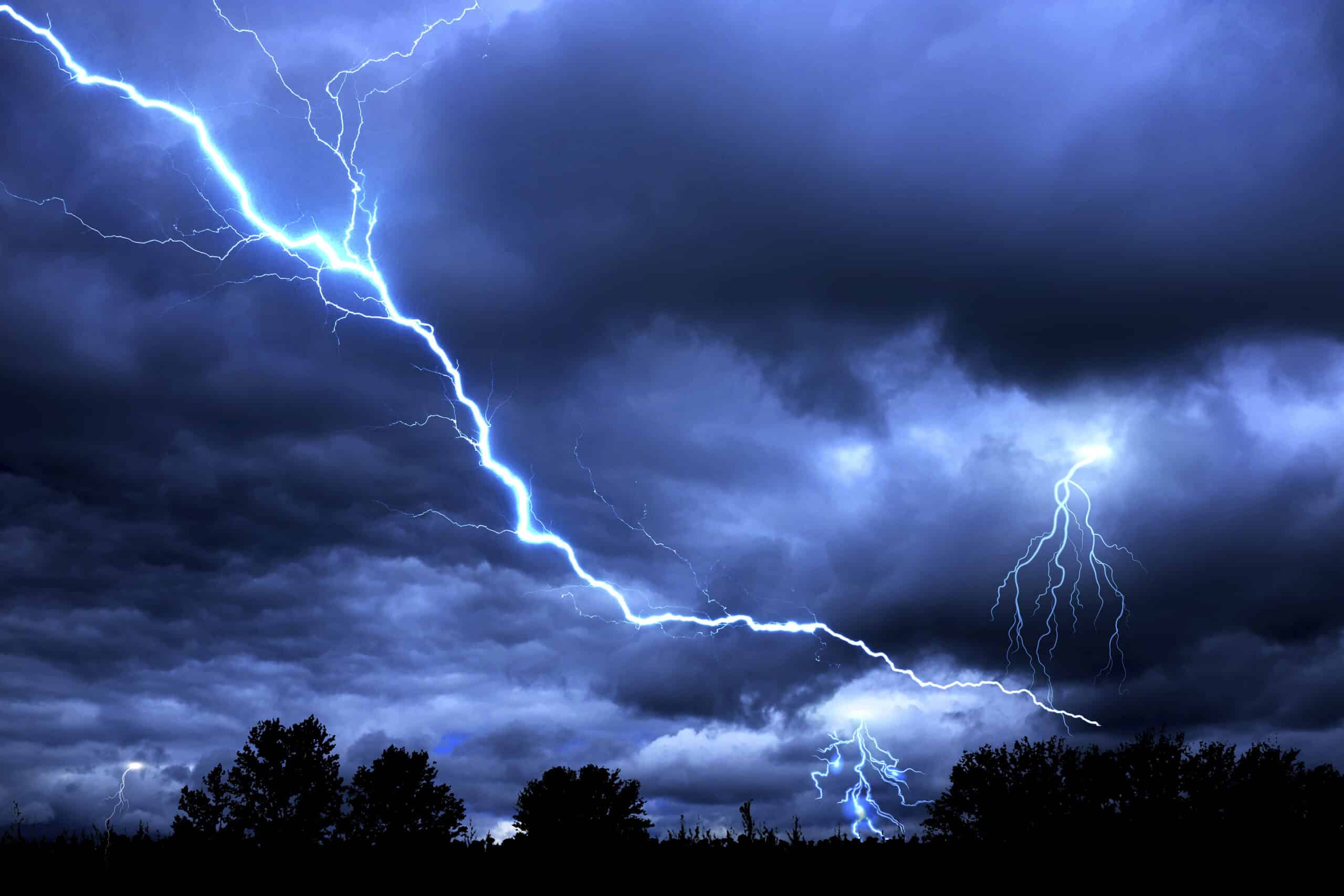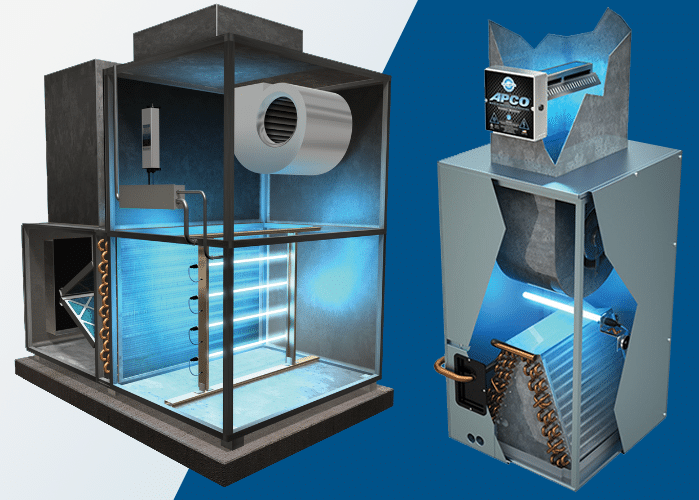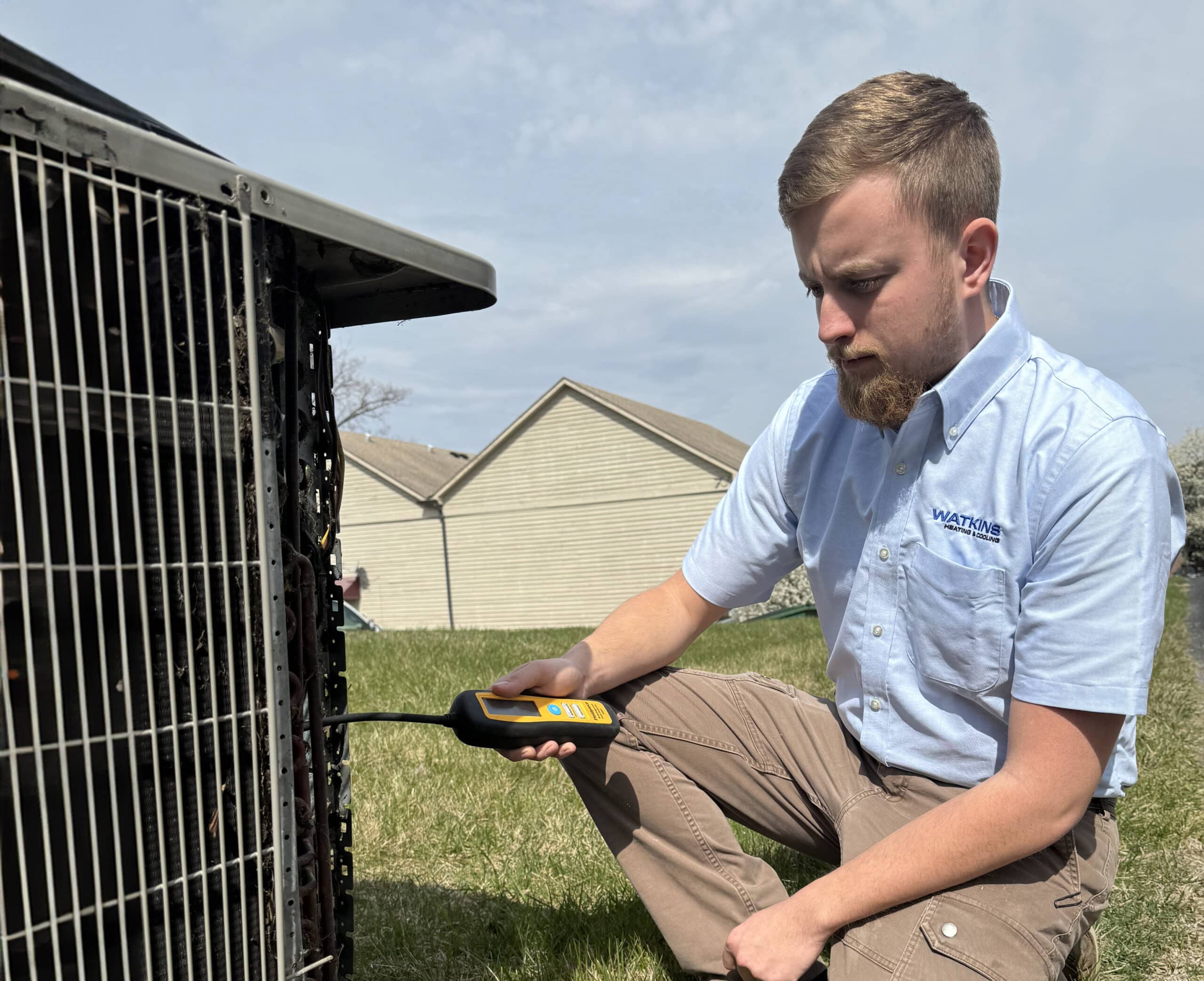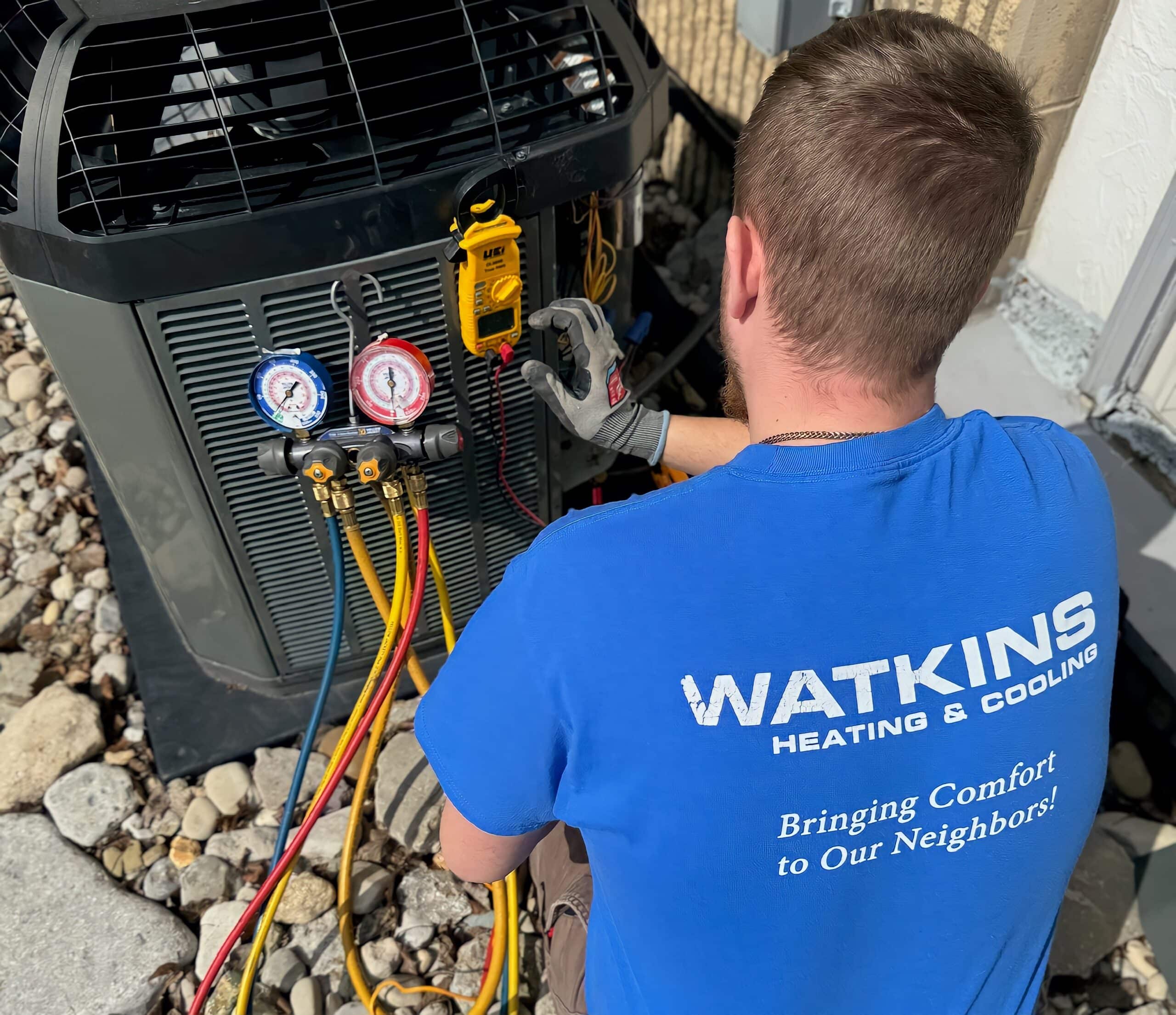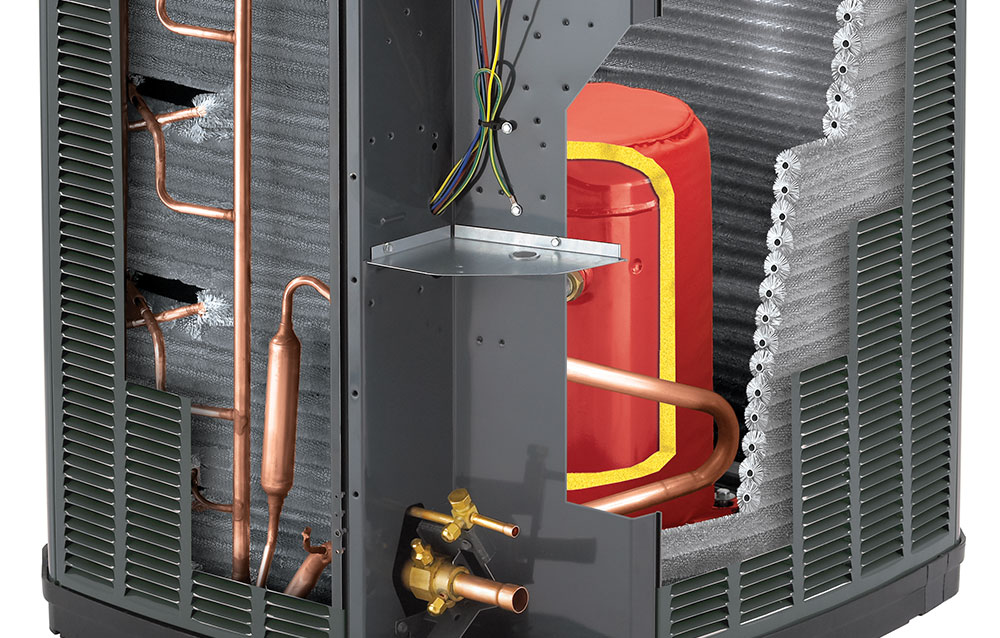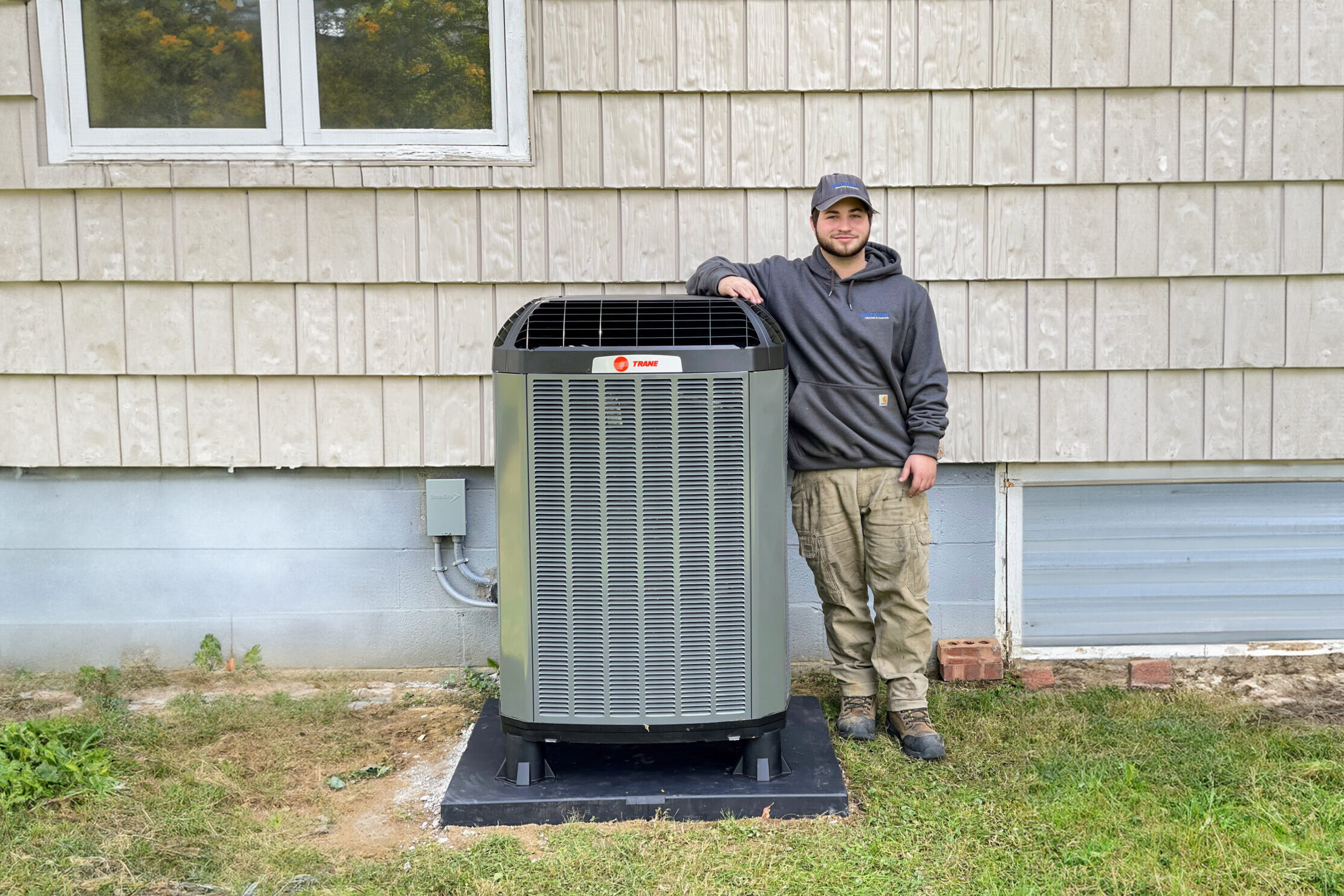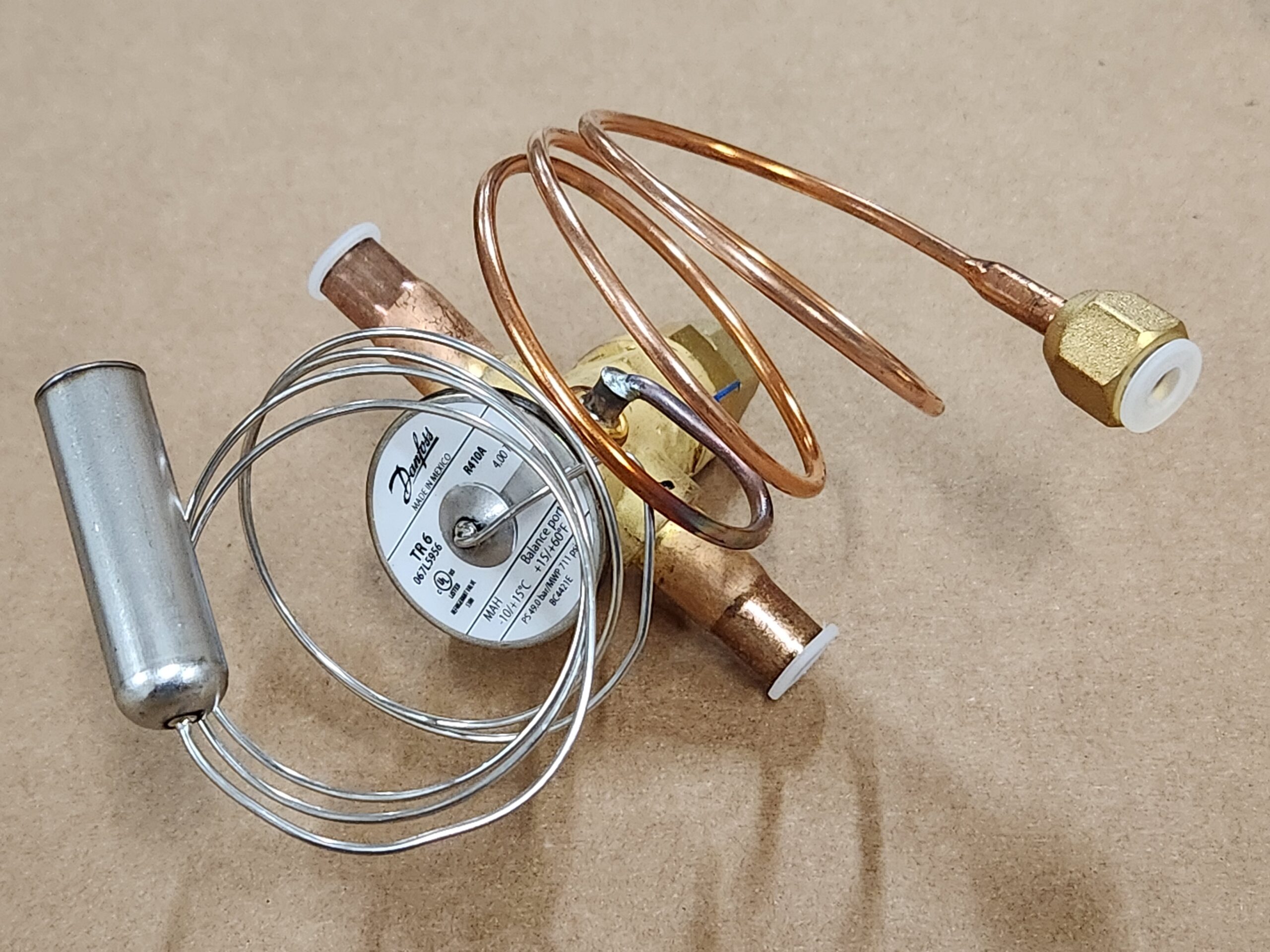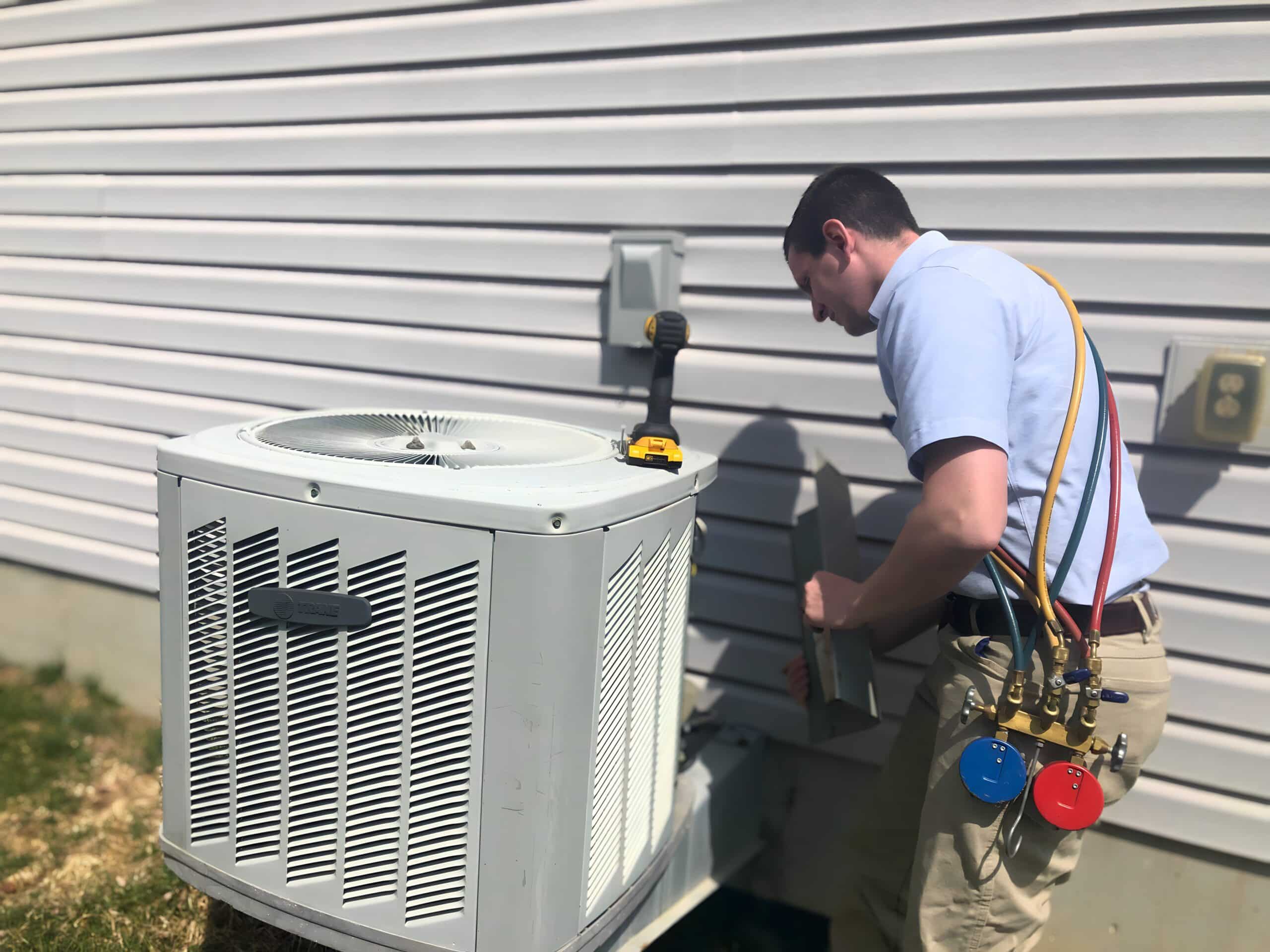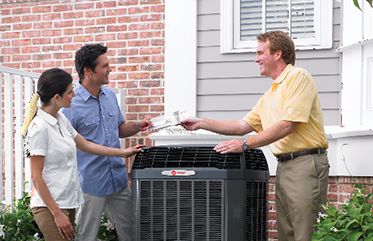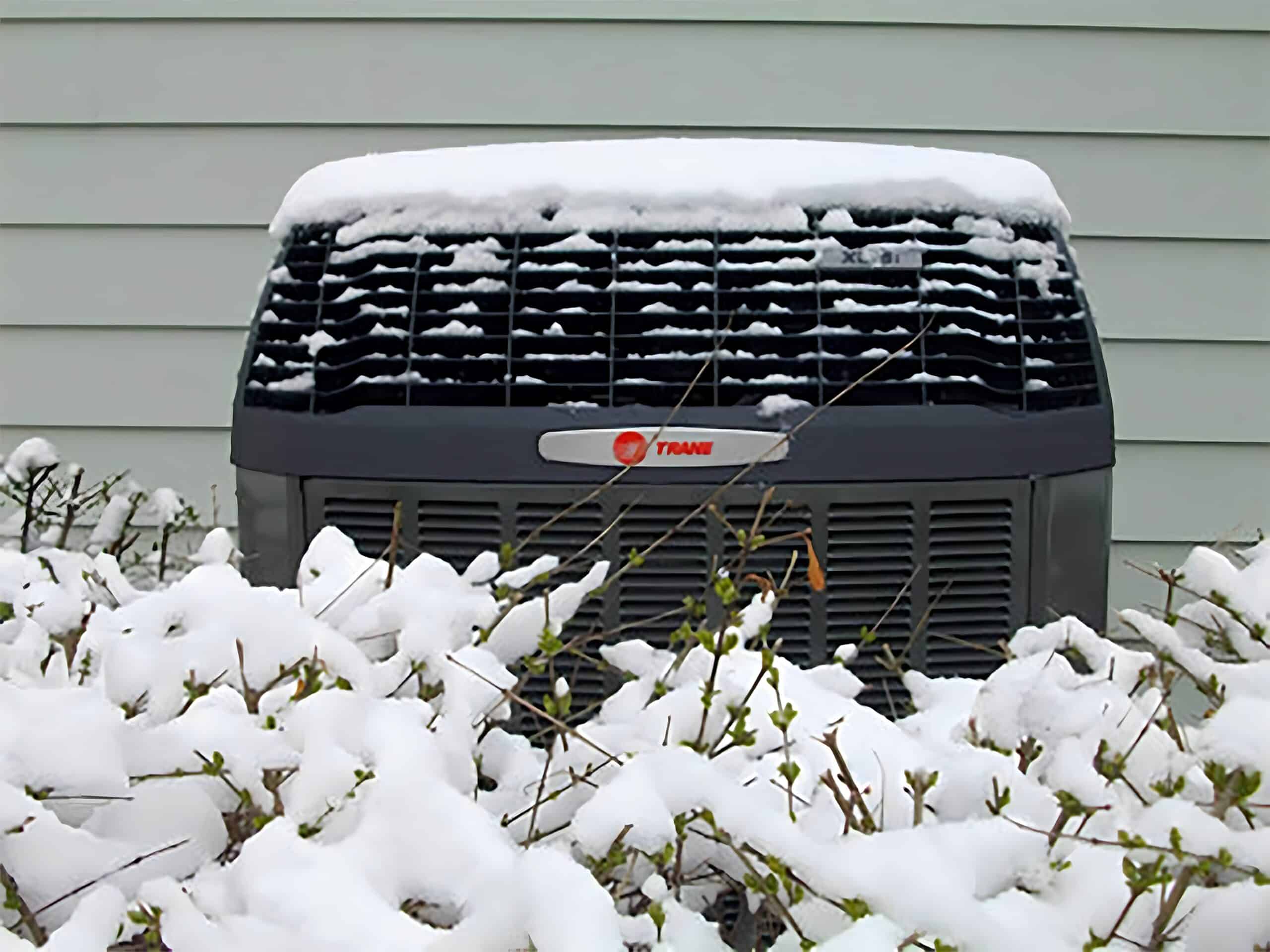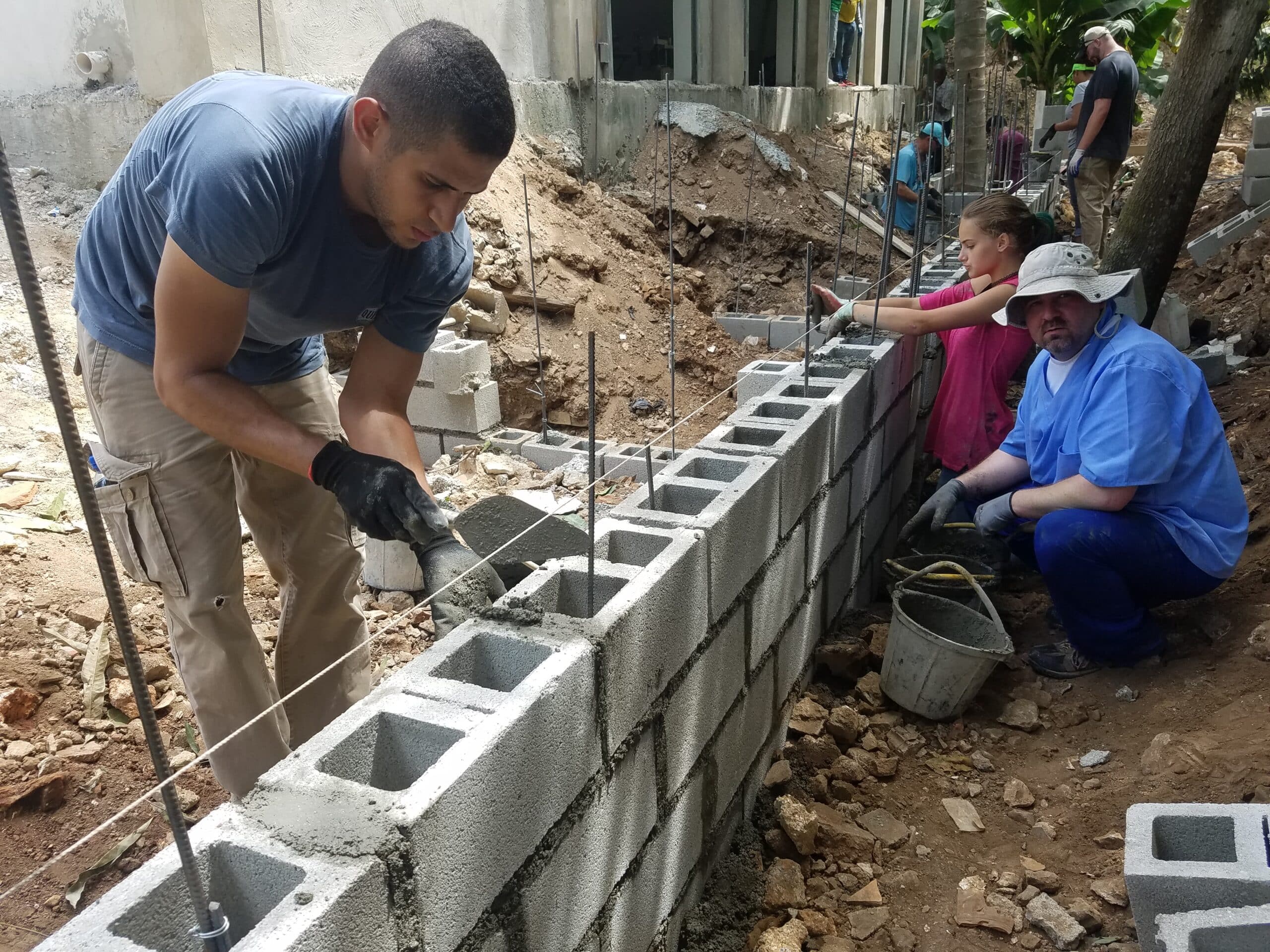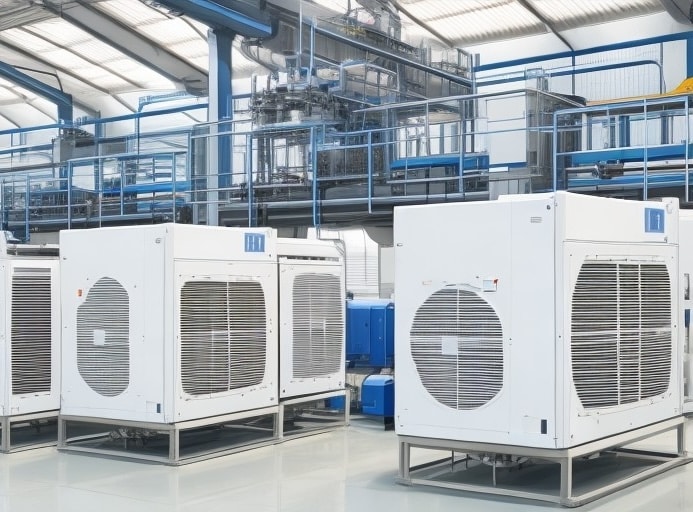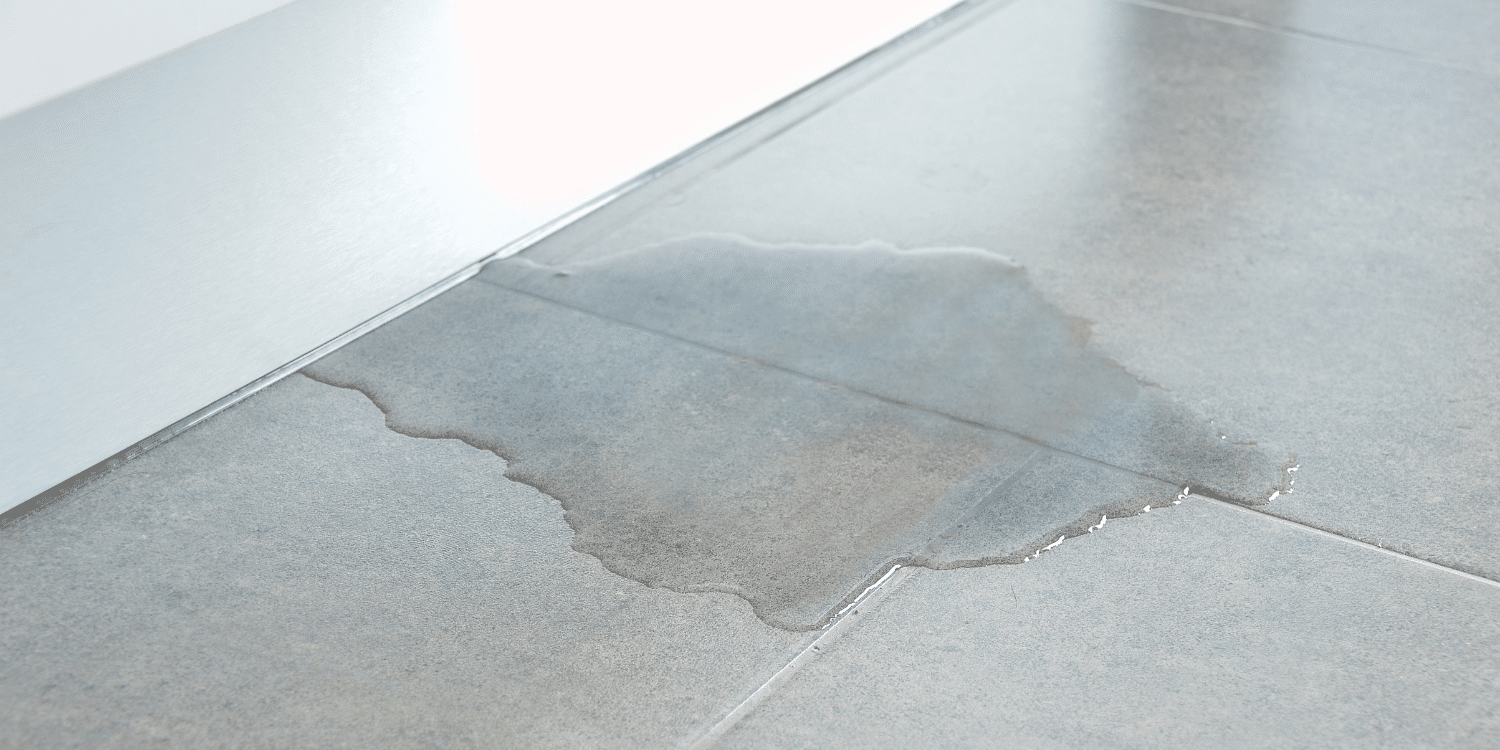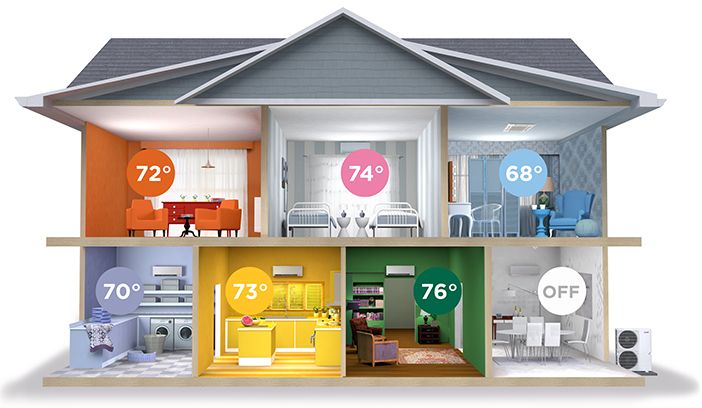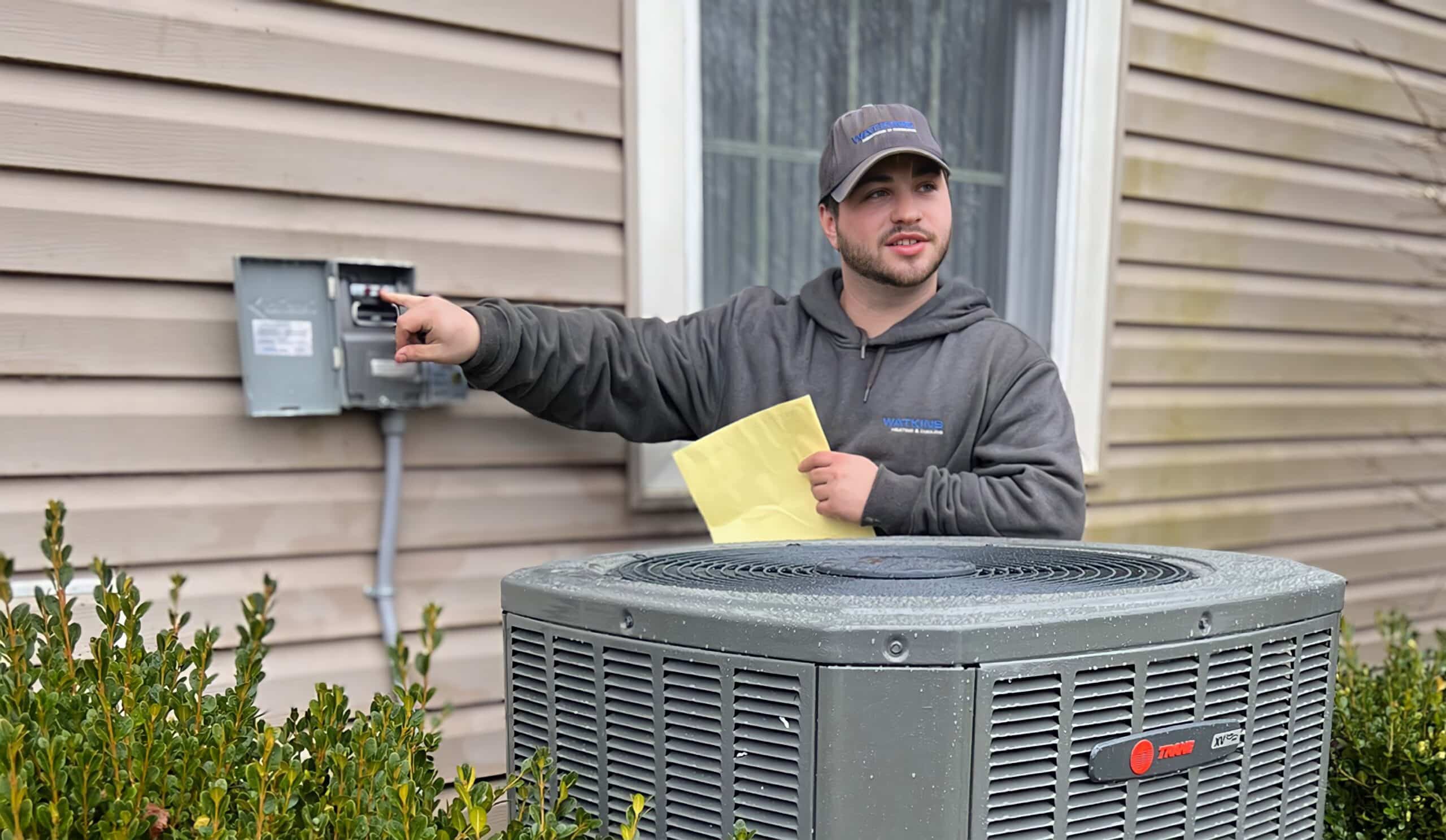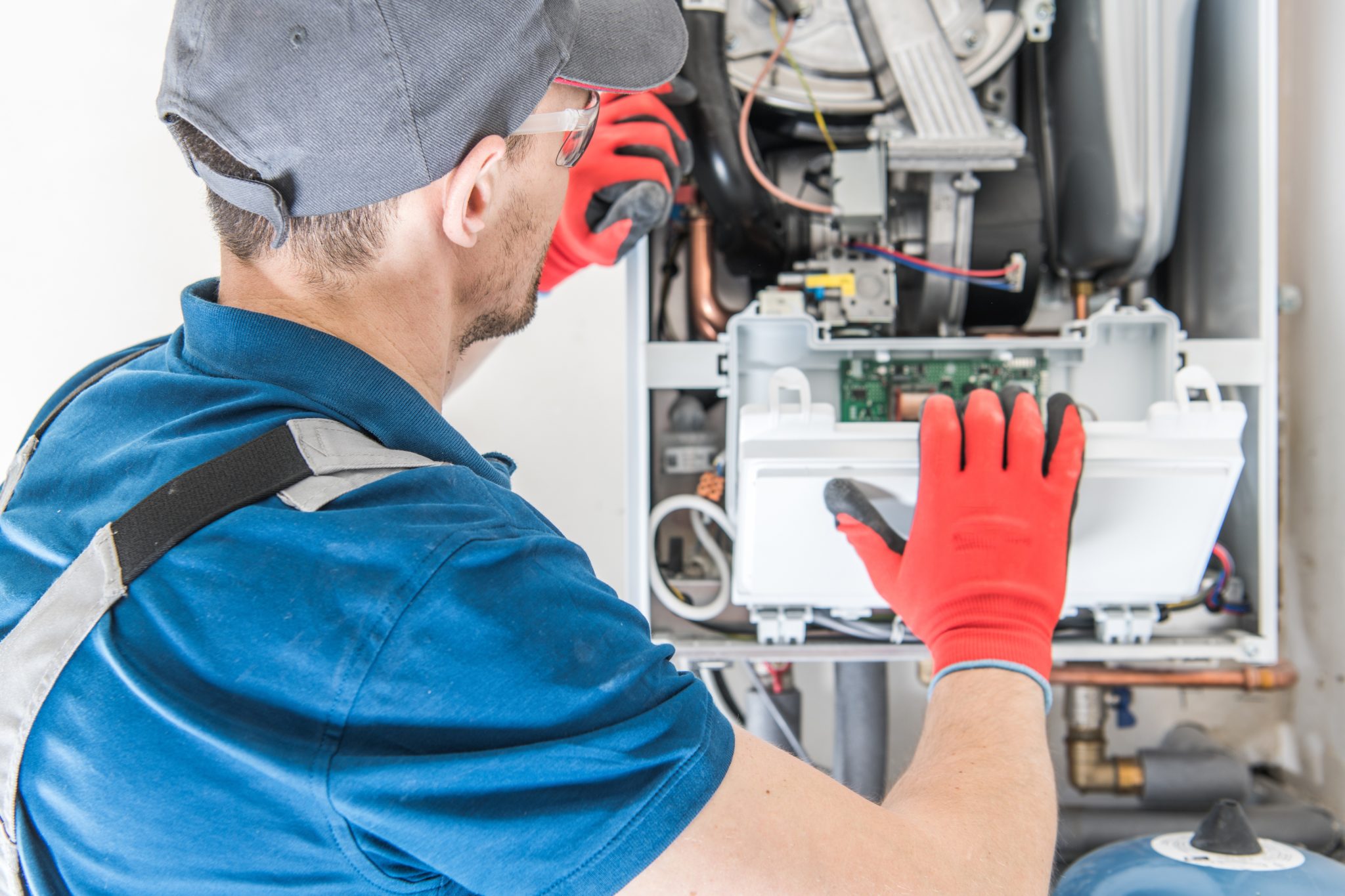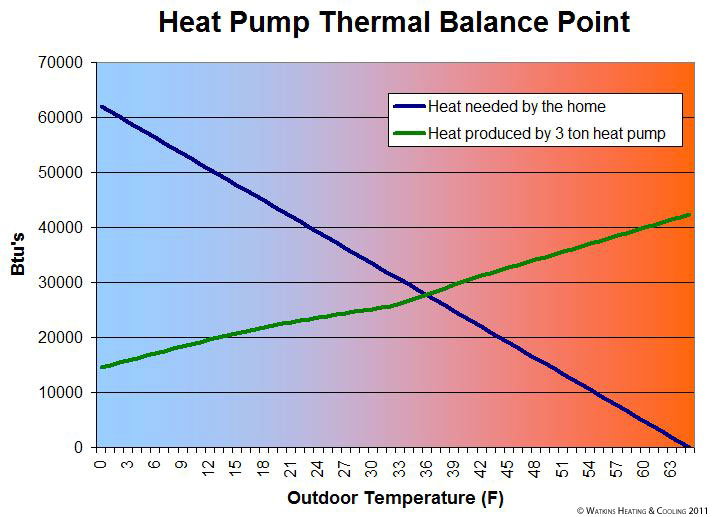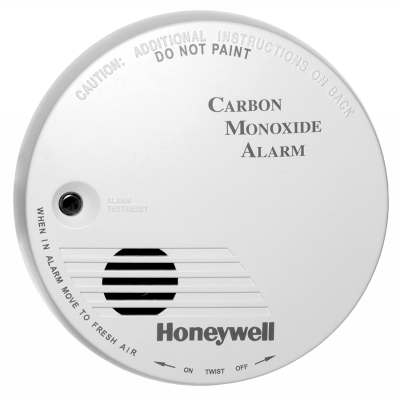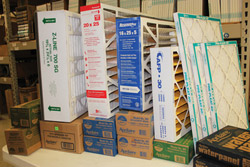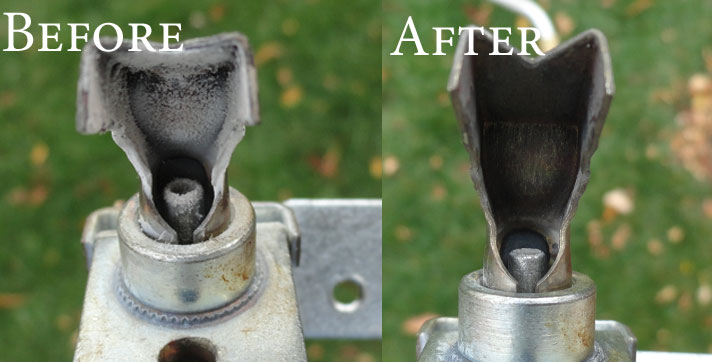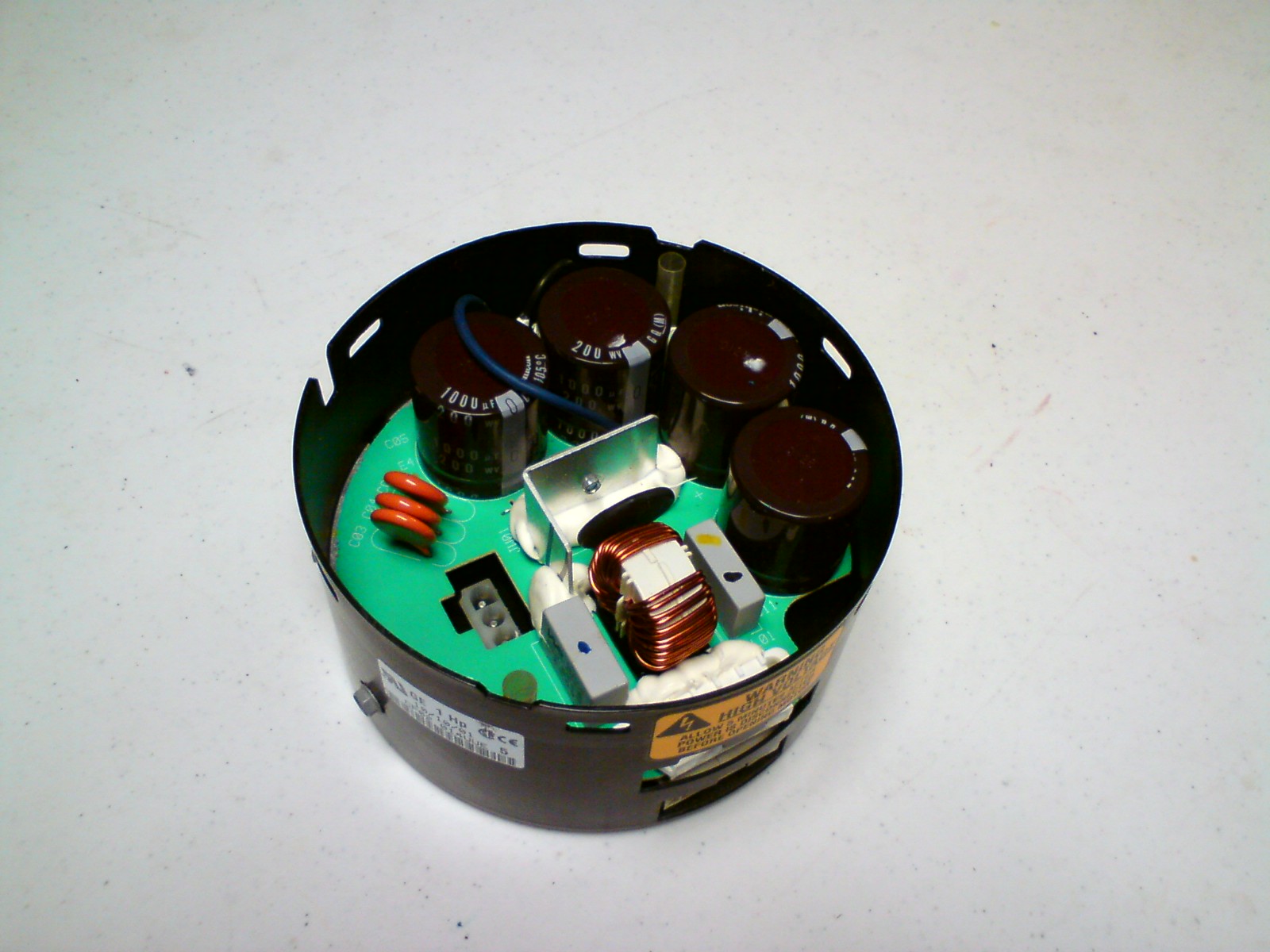Heat Pump AC Combo: What’s the Best Heating & Cooling Setup for Your Home?
Do you need a furnace or air conditioner with your heat pump? The HVAC industry tends to make things confusing, and many homeowners aren’t sure if they need a separate heating or cooling unit. We’re here to clear up the confusion and help you find the best setup for your home.
What Is a Heat Pump AC Combo? Do You Need Both?
Many homeowners assume they need both a heat pump and an air conditioner to stay comfortable year-round. But this is a common misconception.
You don’t need both a heat pump and an AC – just one or the other.
In fact, a heat pump is an air conditioner! It cools your home in the summer exactly like a standard conditioning unit. It just takes it a step further and heats your home in the winter, too. Installing both an AC and a heat pump would be like getting two separate air conditioning systems for your home.
It’s easy to see where the confusion comes from. Because “heat” is in the name, many people assume a heat pump system only provides heating. But in reality, it’s a versatile system that keeps you comfortable in all seasons. You could even say that a heat pump itself is a “heat pump AC combo” all in one machine!
Still deciding between a heat pump and an air conditioning unit? Check out our heat pump vs. AC comparison to help you choose.
Or, use our heat pump pricing tool to calculate the cost of a new system for your home.
Do Heat Pumps Need a Furnace or Air Handler?
Yes! While a heat pump system handles both heating and cooling, you still need to pair it with an indoor unit to move air through your ductwork.
Whether you have a heat pump or air conditioner, you always need an indoor unit like a furnace or air handler to move the outdoor heat pump unit’s air over an indoor evaporator coil and throughout your home’s duct system.
This leads us to the most common indoor unit/outdoor unit combos to keep your home comfortable year-round:
- Furnace + AC Combo
- Heat Pump + Air Handler Combo
- Heat Pump + Gas Furnace
Below we explain these three most common setups. Or see which system is right for you now.
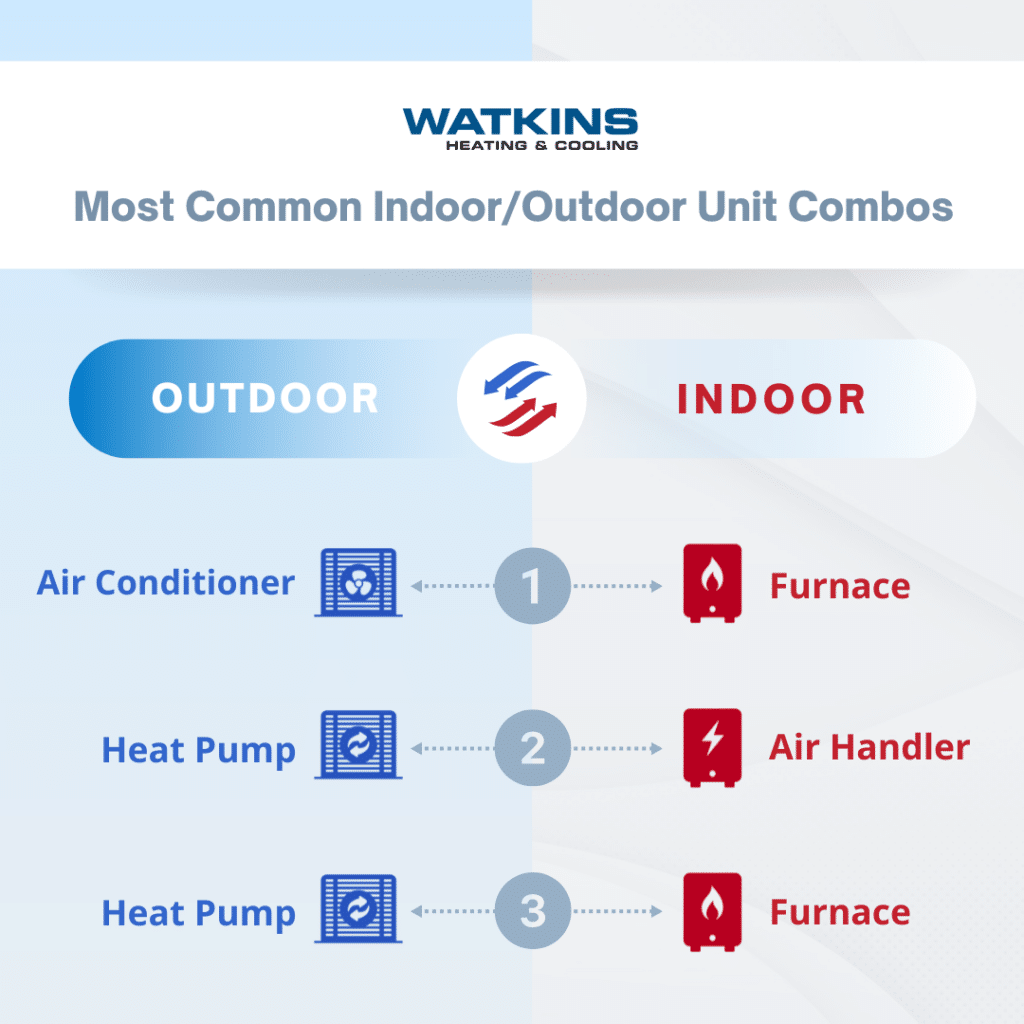
1. AC / Furnace Combo: The Traditional Setup
This is the most common heating and cooling system combo we see from Ohio homeowners. In this setup, an air conditioner is the outdoor unit, cooling your indoor space in the summer. Meanwhile, a gas furnace is the indoor unit, moving the cool air from the AC throughout your indoor space in the summer and burning fuel like natural gas, propane, or oil to create heat in the winter. These are considered more “traditional heating systems” than heat pumps. This combo provides reliable comfort through every season.
2. Heat Pump / Air Handler Combo: The All Electric Setup
This is the second most popular setup we see at Watkins Heating & Cooling. A heat pump works as the outdoor unit, pulling warm air from your home in the summer and pushing warm air into it during the winter. An air handler, also called a fan coil, works as the indoor unit, circulating warm air from the heat pump through your duct system. In this setup, the air handler has an electric heat strip to warm your home when the heat pump can’t keep up in super cold weather or when it’s in defrost mode.
While heat pumps are extremely efficient, the supplemental electric resistance heat strips are needed for about a third of the heating season (in Ohio’s climate). Because these HVAC systems transfer heat instead of generating it like a furnace, this setup is generally very energy efficient.
3. Heat Pump/Gas Furnace Combo: The Hybrid Solution
Did you know that you can pair a heat pump with a fossil fuel furnace too? This combo, known as a dual fuel system, is a setup that many homeowners aren’t even aware of. With this hybrid system, you have a heat pump outside and a fossil fuel furnace inside, which runs on natural gas, propane, or oil.
During milder weather, the heat pump efficiently heats your home, and the furnace only runs the blower to circulate air through the duct system. But when temperatures drop significantly (say around 30 degrees) the heat pump shuts off, and the furnace provides that cozy warmth that only fossil fuels can offer in extreme cold.
This dual fuel system gives you the best of both worlds: the high efficiency of a heat pump during moderate weather and the reliable warmth of a fossil fuel furnace when winter really kicks in. It’s an energy-efficient option that ensures your home stays comfortable no matter how cold it gets outside.
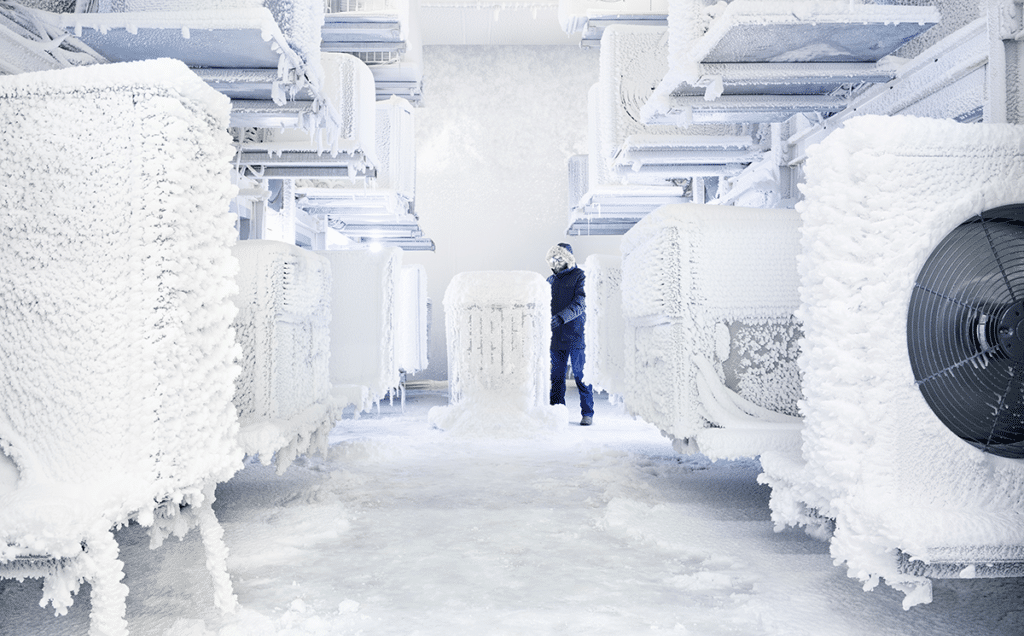
Which System Is Right for You?
All three setups above have their own advantages, but the best choice depends on your budget, energy goals, and most importantly, where you live.
If you live in a milder climate, heat pump systems are very efficient, but in colder temps, their efficiency drops while gas furnaces stay consistent. See our heat demand vs. heat pump output chart. Energy costs are key, too. At $0.60 per therm, heat pumps cost less above 50°F, but gas furnaces save more below that. Oil and propane cost much more, making heat pumps cheaper down to 0°F. Check Ohio energy prices here.
Here’s a simple guide to help you decide which HVAC setup fits your needs:
- Live in Ohio or a similar climate? → A heat pump + gas furnace is best for our colder winters.
- Live in a warmer/milder climate? → A heat pump + air handler is best where winters are mild.
- Want all-electric heating? → A heat pump + air handler is your best option and can save on energy and lower emissions.
- Prefer long-term durability? → A gas furnace + AC lasts longer but can cost a little more.
Still not sure which system is right for your home? At Watkins Heating & Cooling, we’ve helped Ohio homeowners choose the perfect heating and cooling setup for over 30 years. Schedule a free consultation with the form below and let our experts find the right system for your home and budget.
FAQs
Yes, a heat pump can do every single thing your air conditioner does (and then some)!
This is exactly what a heat pump is – a single unit that provides both heating and cooling for your home.
It depends on your location. If you have a heat pump in a colder climate like Ohio, a backup heat source like a gas furnace can help keep your home warm and cozy when the winter gets extremely cold.
It depends on the season and your area's energy costs. Heat pumps are cheaper in the winter in places where electricity rates are low and the temps are above freezing. But natural gas furnaces can be more cost-effective in colder climates and temps.


